|
Thursday, January 8, 2015
|


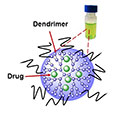
|
A combined imaging and phototherapy technique could help guide surgeons removing chemotherapy-resistant tumors — and kill any cancer cells the surgeons miss.
|
|
|
|

|


Lasers Enable Satellite-Data Tag Team
New laser data links could help satellites in disparate orbits communicate more effectively with one another, potentially benefitting disaster management here on Earth.
|
|
|
|



|
Bi-Telecentric Lenses
Daheng New
Epoch Technology
Daheng Telecentric lenses are developed by using a pair of base lenses to achieve telecentricity required on object and image plane.
More info >>
|
|

|

|
MMP Series Micropositioners
Mad City Labs
The MMP series micropositioners employ our proprietary intelligent control resulting in exceptional stability and high native precision and repeatability.
More info >>
|
|

|

|
IBS Thin-Film Coatings
Perkins Precision Developments
Custom low-loss IBS thin-film coatings for high power applications are available as finished optics or on customer supplied substrates.
More info >>
|
|

|
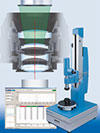
|
OptiCentric 3D UP
TRIOPTICS GmbH
TRIOPTICS GmbH
The OptiCentric® 3D UP is a pioneering ultra-precise metrology solution combining the proven OptiCentric® centration measurement technology with the OptiSurf® low-coherence interferometer.
More info >>
|
|



|
Optogenetic activation of certain brain cells could be used to induce rapid-eye-movement (REM) sleep, which is crucial for keeping both body and mind healthy.
|
|
|
|

Sunlight Produces Hydrogen via ‘Artificial Leaf’
The researchers said that large-scale networks of the mesh could be made using low-cost solution synthesis and vacuum filtration techniques. The hydrogen created by these mesh networks could fuel vehicles and power homes and businesses in an environmentally friendly way.
|
|
|
|

Flir Gets $27M Order for Threat Detection Systems
Flir Systems Inc. has received a $27.1 million order for its integrated chemical, biological, radiological, nuclear and explosives (CBRNE) threat response system under a five-year contract with the U.S. Department of Defense.
|
|
|
|

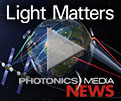
|
In this edition of the industry's premier weekly newscast: we discuss how optogenetics is advancing sleep research and how lasers are speeding up satellite transmissions. We also describe a government program fueling development of photonic methane sniffers, and take a look at the finalists for the 2015 Prism Award for industrial lasers.
|
|
|

Defect Control Yields More Reliable Qubits
A team of researchers from several institutions has demonstrated photonic cavities with Q factors of up to 24,000 by carefully controlling the nitrogen vacancy (NV) centers within.
|
|
|
|


|
Near-field optical microscopy has provided a glimpse inside the workings of thin-films solar cells, potentially offering a route to optimizing them and other nanophotonic devices.
|
|
|
|

Exelis to Adapt Lidar System Under $3.5M NASA Contract
Exelis' remote sensing system uses a modulated CW laser to measure the difference in absorption in the atmosphere at two closely spaced wavelengths. The technique determines the number of carbon dioxide molecules in that column of air.
|
|
|
|



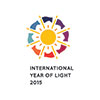
|
Established by a UN resolution, the International Year of Light and Light-Based Technologies is a global initiative to raise awareness of how photonics and optics promote sustainable development and provide solutions to worldwide challenges in energy, education, agriculture, communications and health.
The festivities will take place around the Paris headquarters of the United Nations Educational, Scientific and Cultural Organization.
Five Nobel laureates will give plenary lectures on energy, telecommunications and the fundamental physics of light-matter interactions. Other events will recognize Albert Einstein, who described the quantum nature of light in 1905 in his special theory of relativity, and 11th-century Arab thinker Ibn al-Haytham, who is considered the father of modern optics.
More info >>
|
|


|

|
|
Photonics Media is currently seeking technical feature articles on a variety of topics for publication in our magazines (Photonics Spectra, Industrial Photonics, BioPhotonics and EuroPhotonics). Please submit an informal 100-word abstract to Group Publisher Karen Newman at karen.newman@photonics.com
|
|
|
|
FEATURED VIDEO
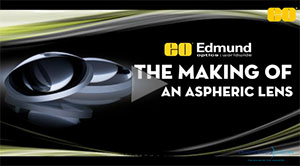
Edmund Optics – The Making of an Aspheric Lens
Edmund Optics manufactures more than five million optics every year throughout our four global facilities. Join us as we take you through the creation of an aspheric lens, from molding to grinding to polishing, centering, and metrology.
|
|
|

sponsor
 |

sponsor
 |


sponsor
 |

sponsor
 |

sponsor
 |

|